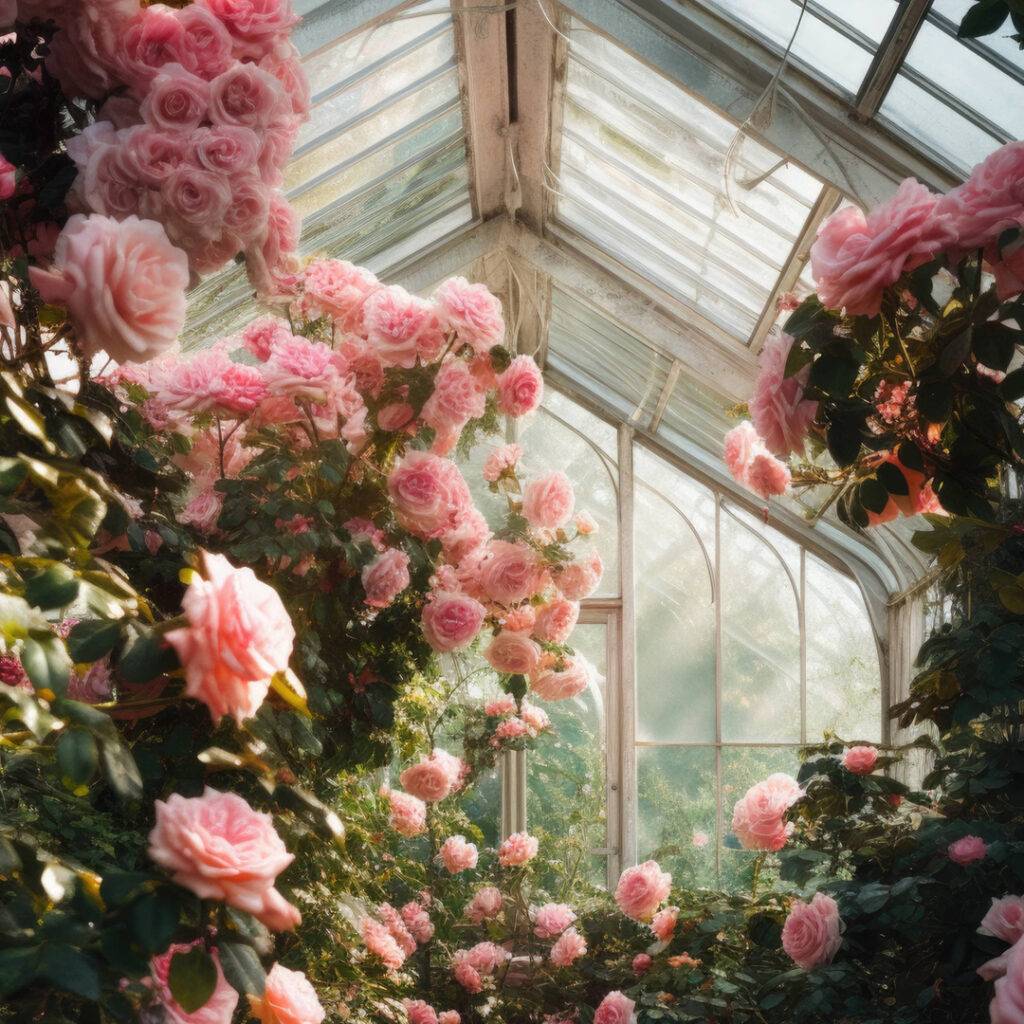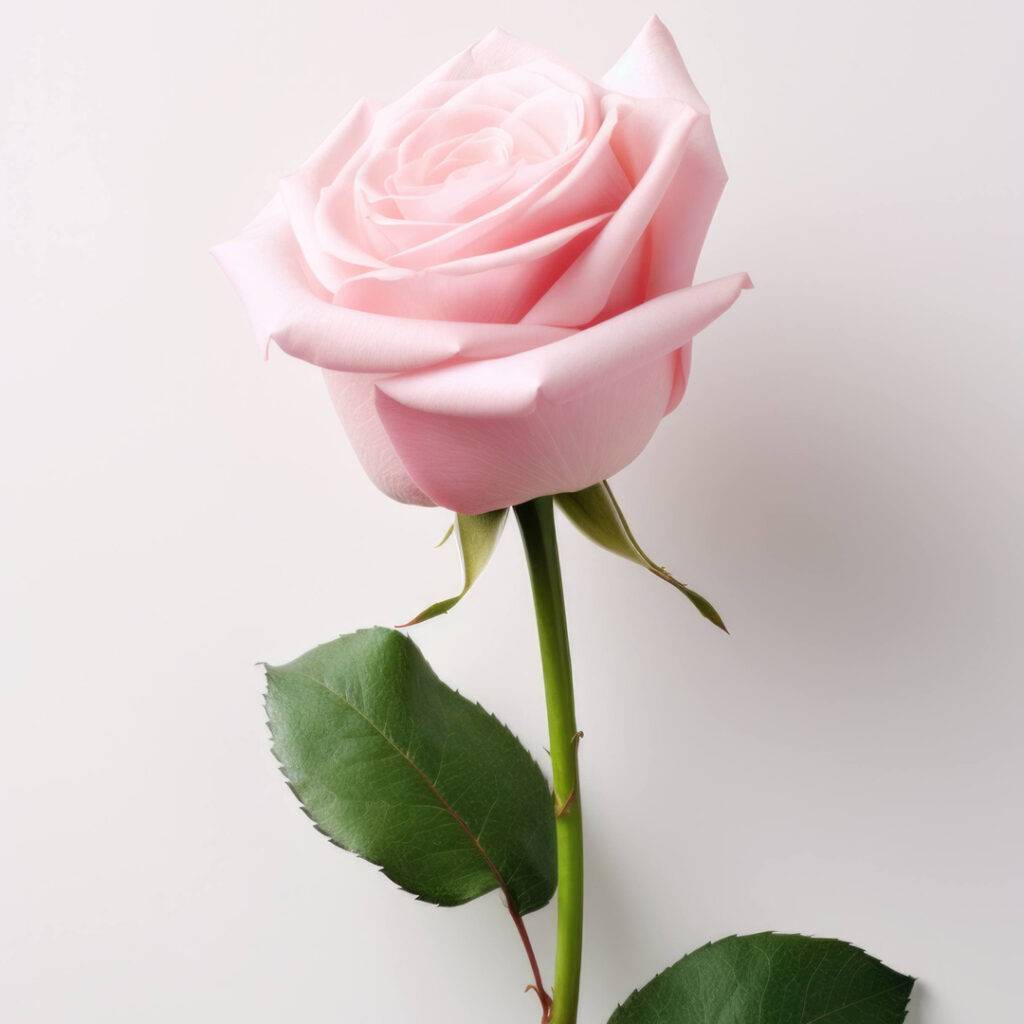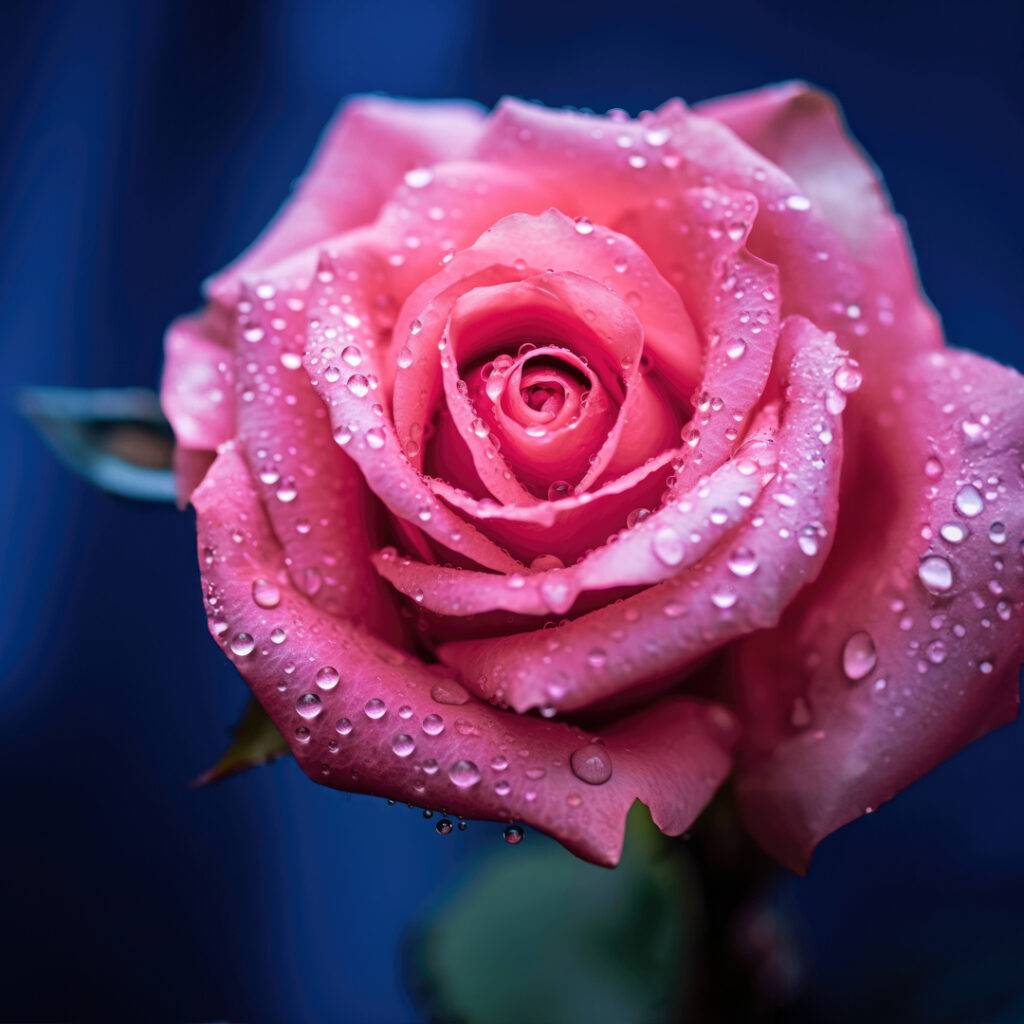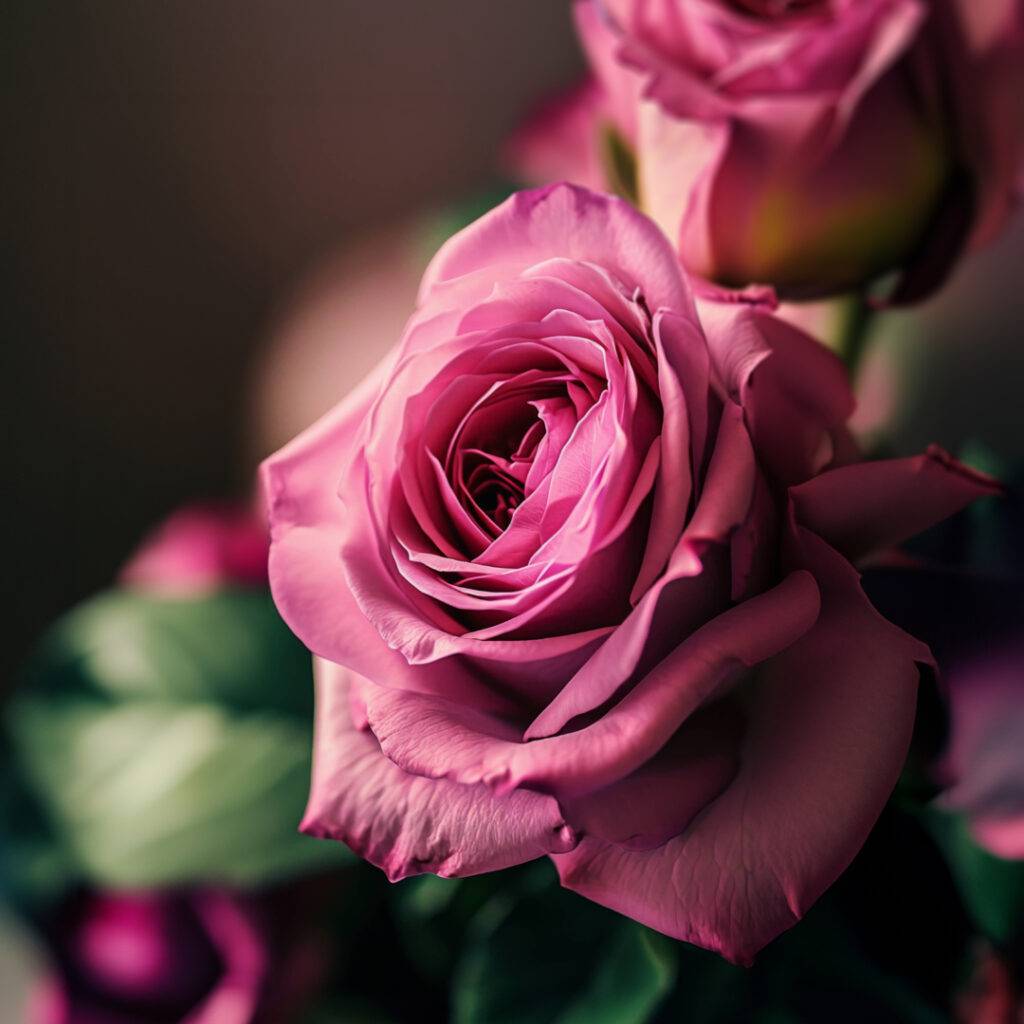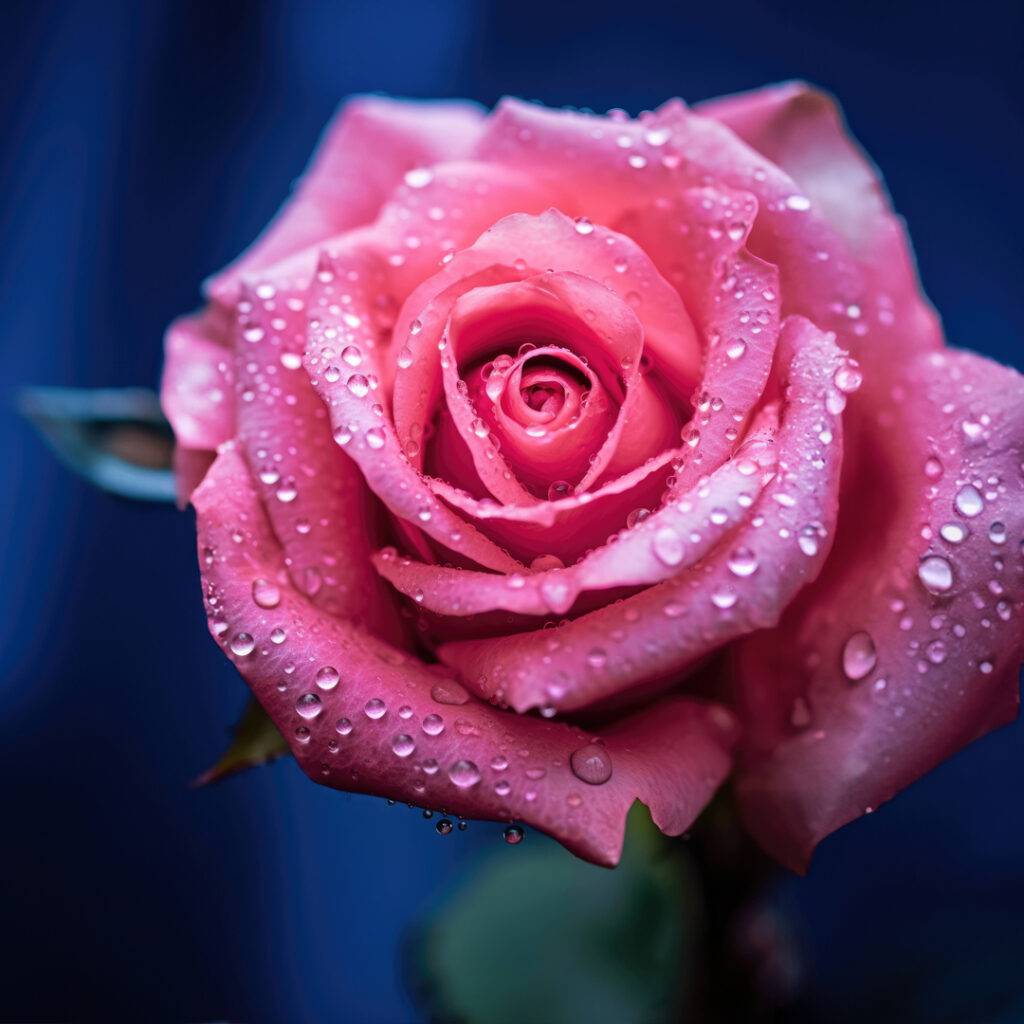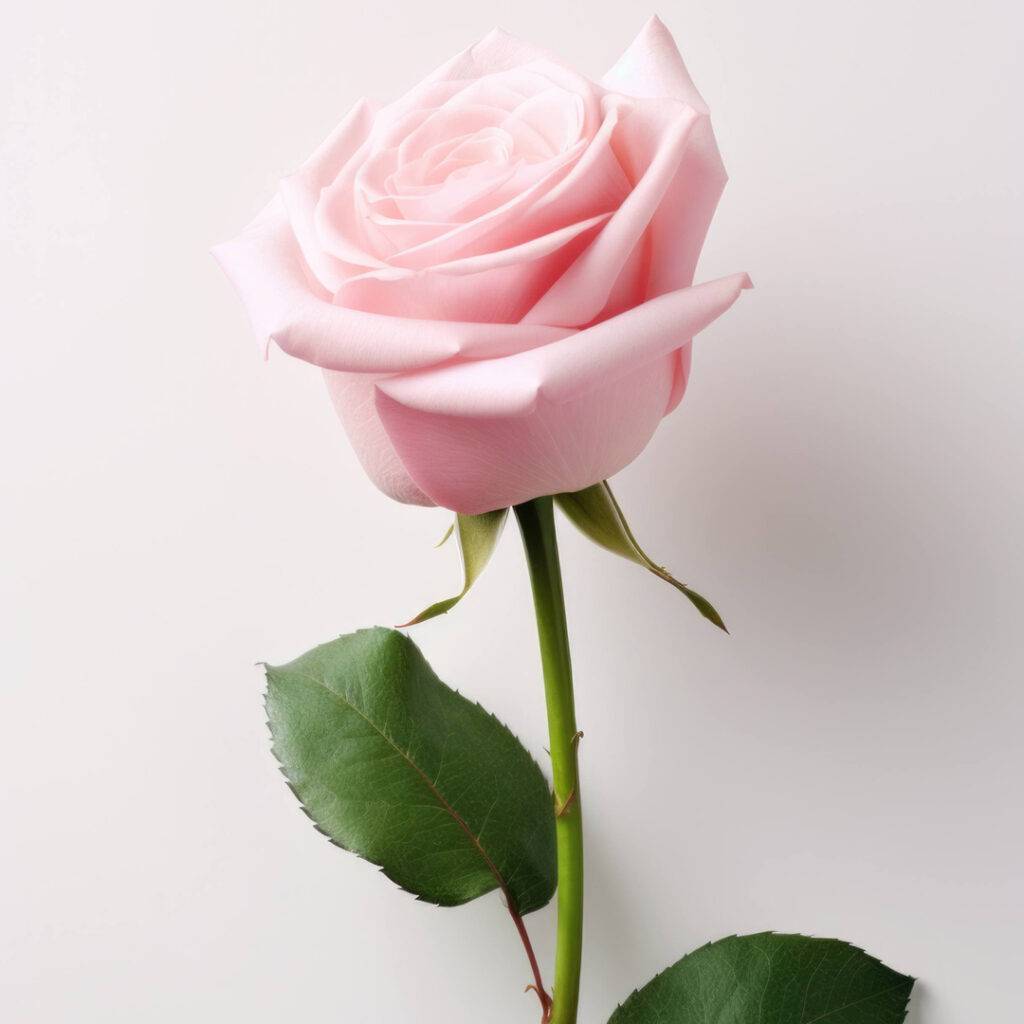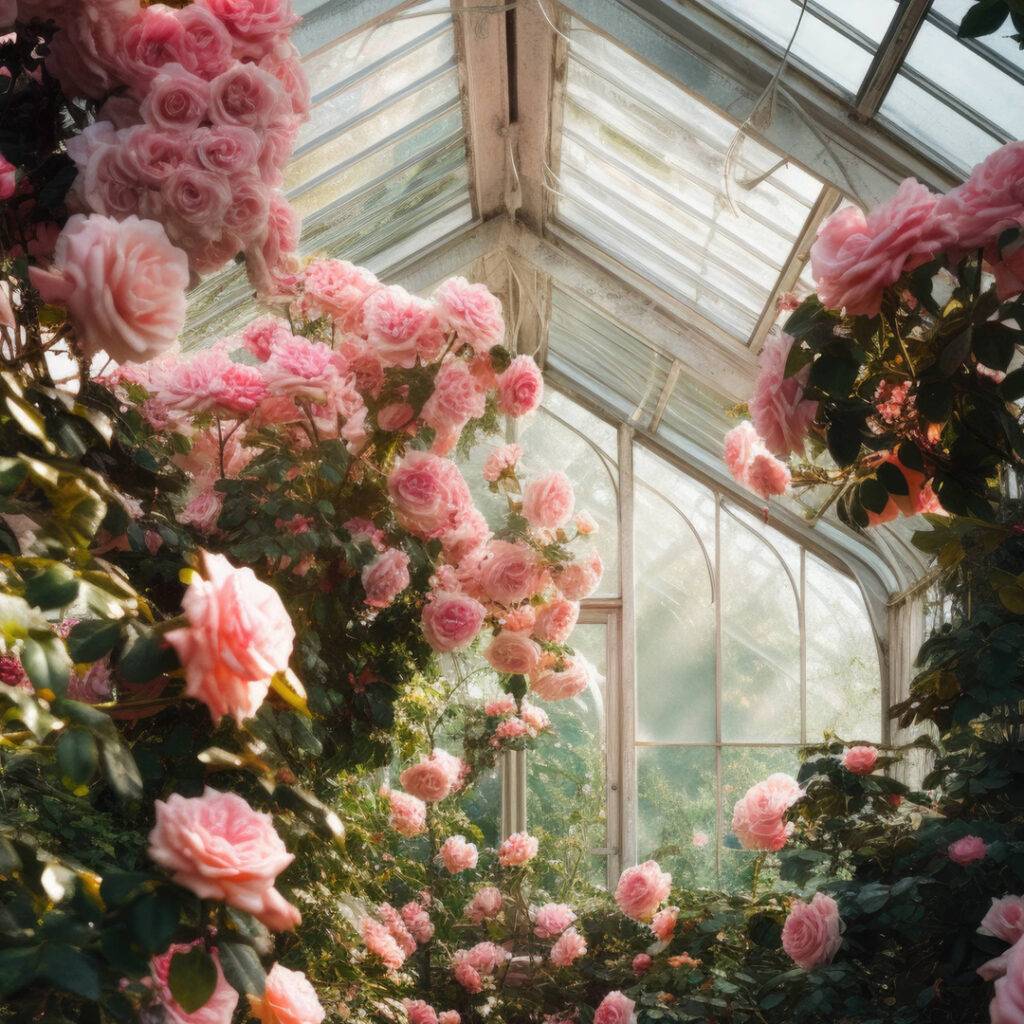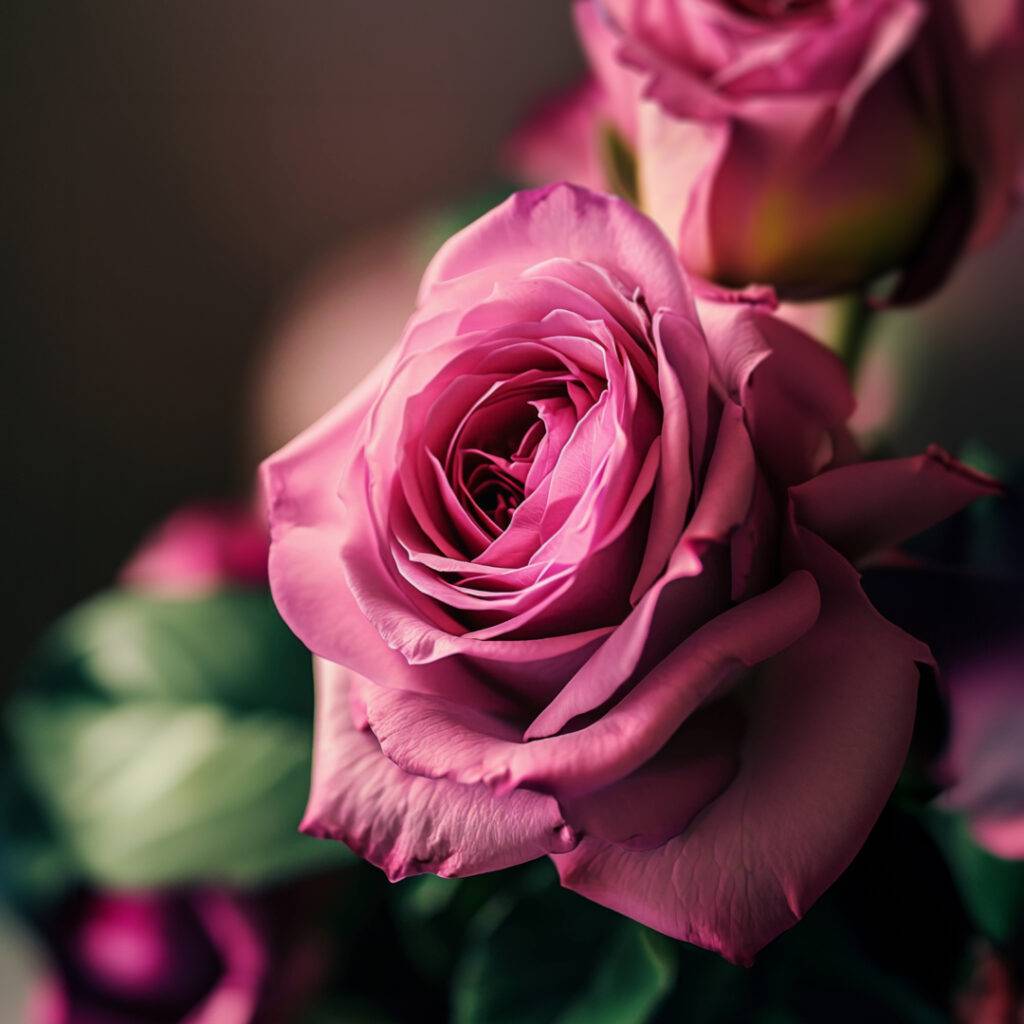Summer is on the horizon bringing with it warmer days, hopefully plenty of sun and the glorious sight and scent of roses blossoming and spreading their joy
Our most popular flower is rich in symbolism and history featuring in literature, music, heritage, as our national flower, in skin care products and as the emblem for many sports teams.
Classic and instantly recognisable, they are ideal for almost every style of garden, flowering abundantly from early summer in pastel shades of pink, peach, cream or snowy-white; vibrant yellow and gold; orange, crimson and red.
And as any gardener will tell you, there a few essential rose rules to ensure ‘everything comes up roses’.
Round & About gardening expert Cathie Welch will tell you “It’s all in the pruning!” and advises “before you prune, know your rose type and sharpen your secateurs to avoid damage”.
She adds: “Make sure you cut correctly in the right place. Dead heading throughout the summer and winter pruning should all be cut to ideally pencil thickness growth to encourage more flowers. Cut out dead and weak growths as well as congested growth and don’t forget the suckers which come from the wild rootstock.”
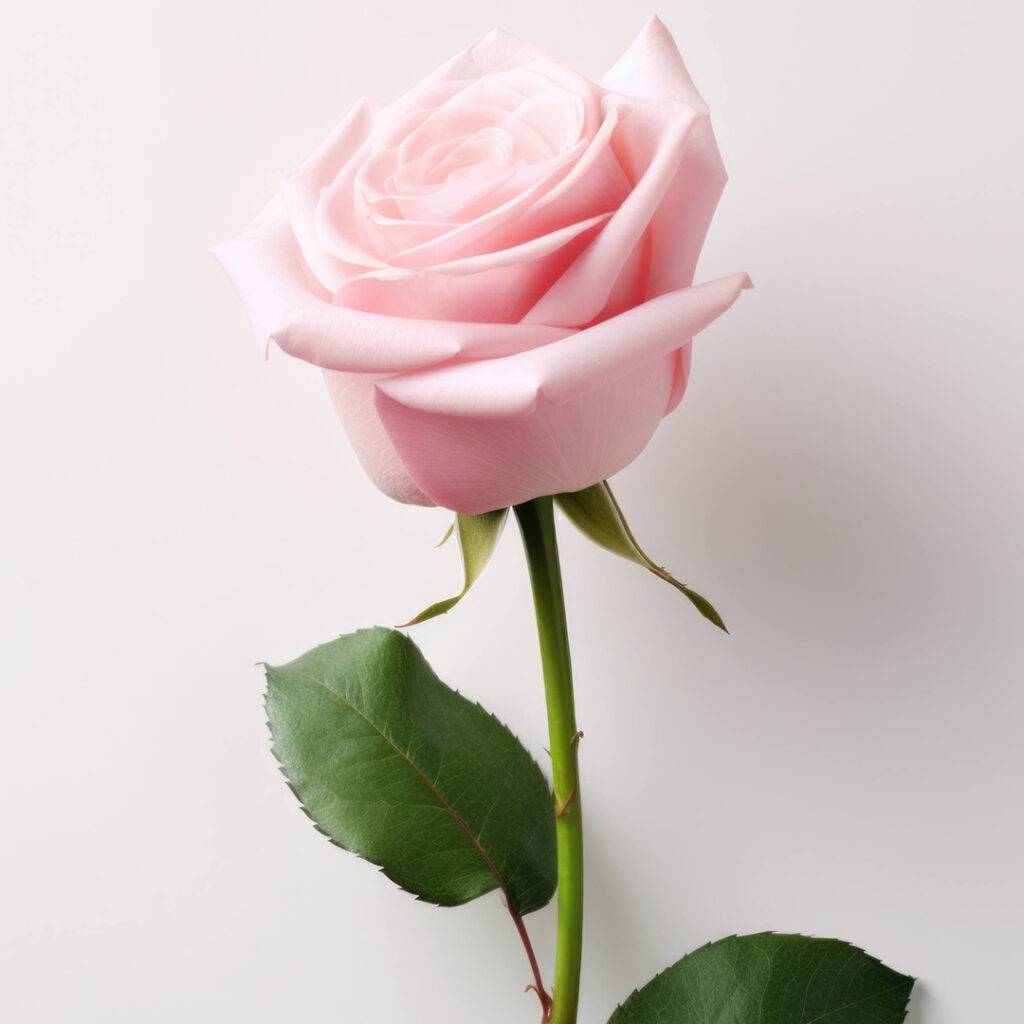
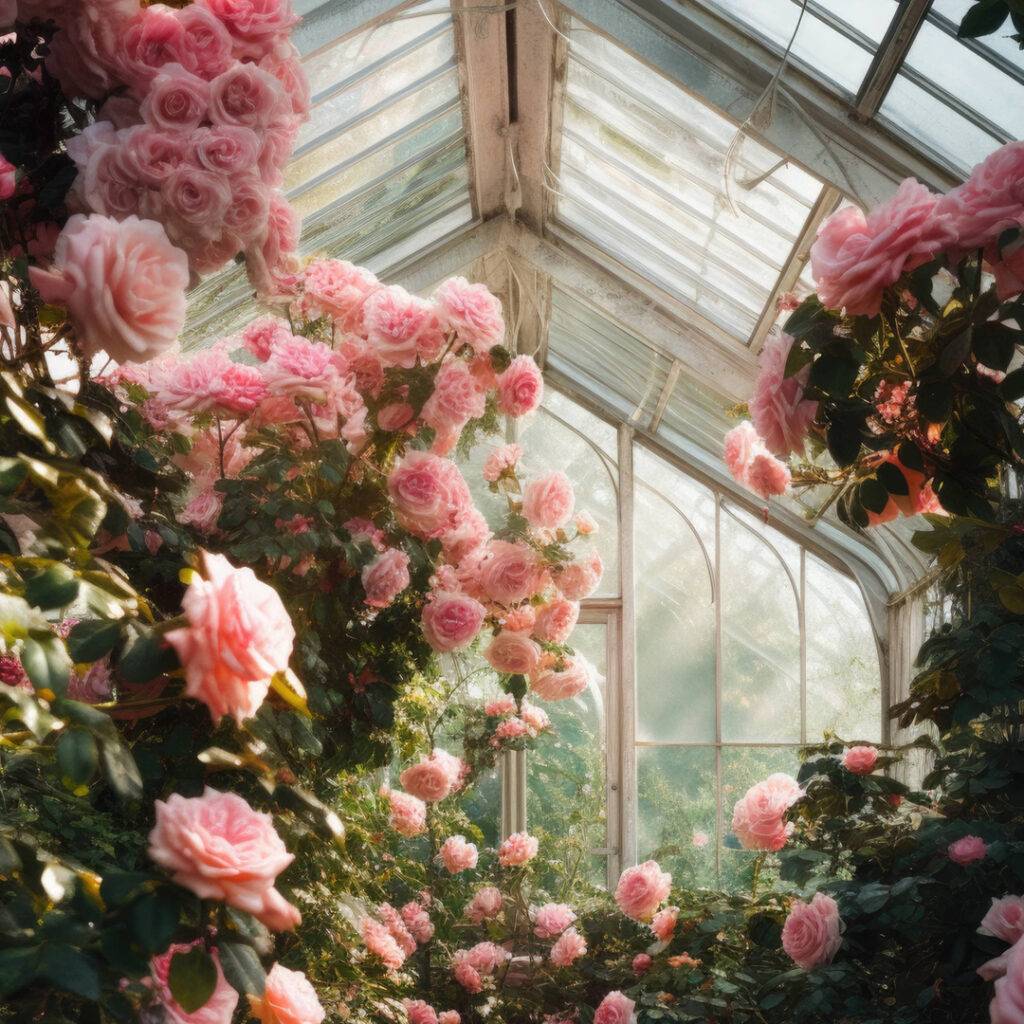
Ramblers are in full bloom at this time of year and to ensure an attractive abundance in future, she says: “After flowering has finished prune out some of the flowered shoots and tie in the annoying long ones that you have wanted to cut off because these will produce next year’ flowers.”
And remember to dead head throughout the summer.
If you prefer to admire the beauty of roses and take in the rich fragrance from someone else’s handiwork there are plenty of gorgeous English gardens full of stately blooms.
The gardens at Basildon Park near Pangbourne, have been lovingly restored over the decades and now feature many types of roses. Look out for the classic old Rosamundi rose, a beautiful light crimson semi-double bloom striped with white and the large, rich warm pink Compte de Chambord, both rice in fragrance. Added to the pleasure grounds in the 1960s, Lady Iliffe’s rose garden is a riot of roses, peonies and spring bulbs which really come to life in spring and summer.
Roses combine with fruit and vegetables at Buscot Park, Faringdon where the fine collection of old French roses mix with modern cultivars. Between the climbing roses, fruit are trained to the wall, and, later in the season, the spent shrub roses act as a frame to support ornamental marrows, courgettes, gourds and runner beans.
The fabulous three-day Blenheim Palace Flower Show between Friday 21st and Sunday 23rd showcases the best of British gardening with roses set to be one of the star attractions in the magnificent Grand Floral Pavilion.
In June, roses can be seen in different areas of the gardens on the Englefield Estate in West Berkshire, in the beds around the car park as well as in the box border along the lower terrace. Wilder roses are also in bloom in the woodland.
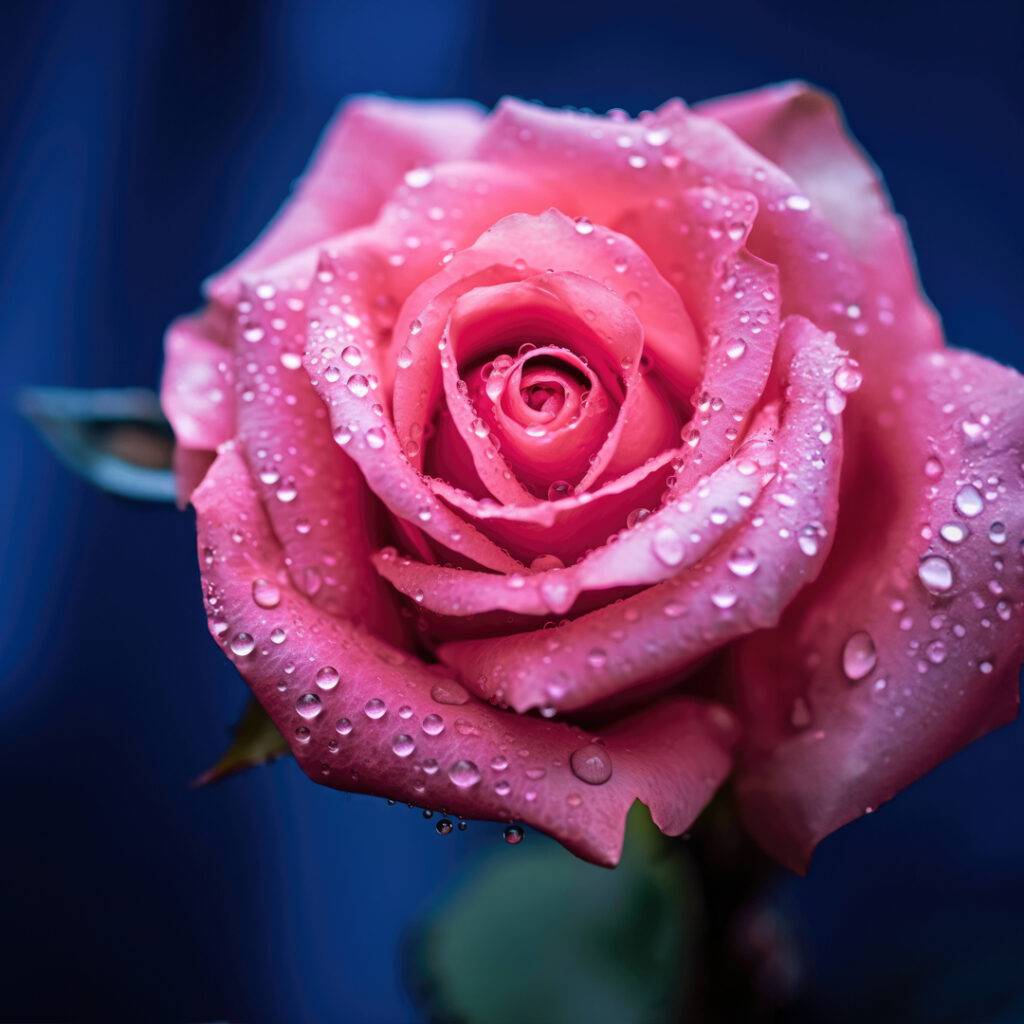
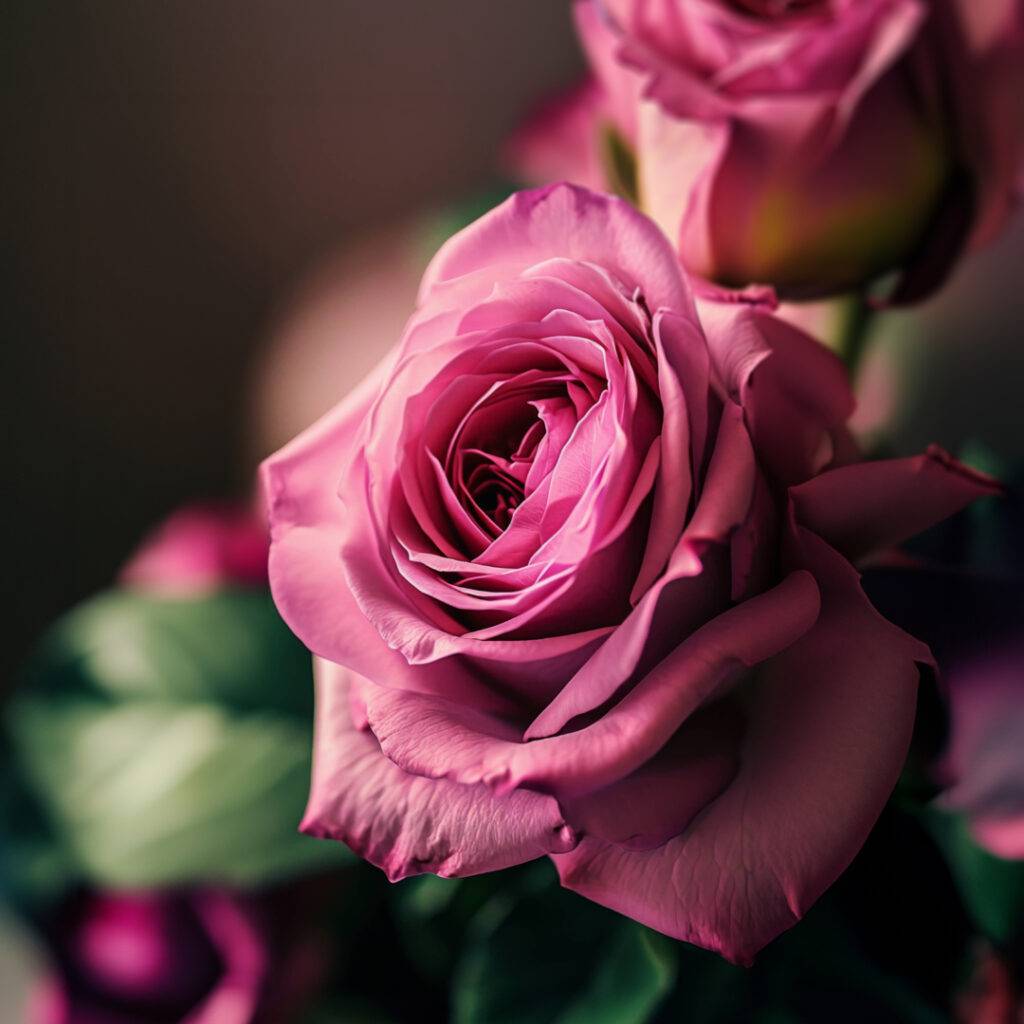
The Mary Rose Garden at Waterperry Gardens just outside Oxford city centre is home to hybrid teas, floribundas, climbers and ground cover roses. The latter may vary in size, ‘Pheasant’ covering a large area, whilst the pink ‘Surrey’ is much smaller, and free-flowering. The roses are grown both by themselves and as companions to other plants such as Irises, which provide early interest before the roses are in full bloom.
Take in the scent of the contemporary Rose Garden with its viewing platform overlooking the roses as well as the garden beyond at Savill Garden and immerse yourself in the old fashioned scented French musk roses inter-planted with a wide range of shrubs and perennials.
Greys Court near Henley is full of wonderful sights and scents as the roses come into bloom throughout June. The rose garden traces the history of the rose from the early damask varieties to the modern hybrid perennials.
There are around 2,000 roses throughout the gardens at Abbey House Manor Gardens, Malmesbury, with climbers wandering their way through foxgloves and other flowers. Once part of a Benedictine Monastery, the gardens only open on selected dates during the summer months.
The rose arbor provides seating in avenue of white and mauve alliums and white camtasisa at Rookwood Garden, Newbury where you can enjoy a tour with tea lead by the owners.
Set in the beautiful historic grounds of Windsor Great Park, the Royal Windsor Flower Show is a fabulous one-day event on Saturday, 8th June celebrating gardening, nature, cookery, traditional crafts and old fashioned fun. No doubt roses will be one of the main attractions.








